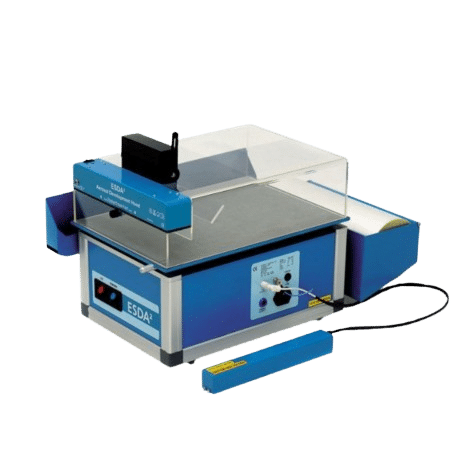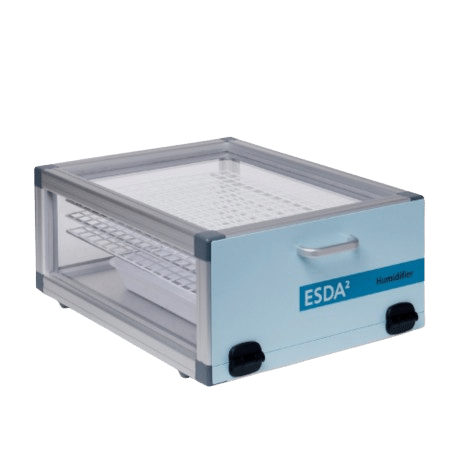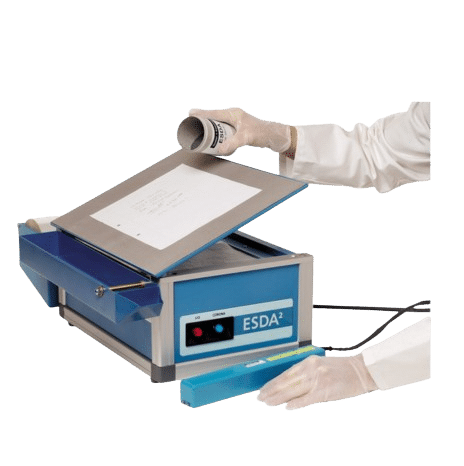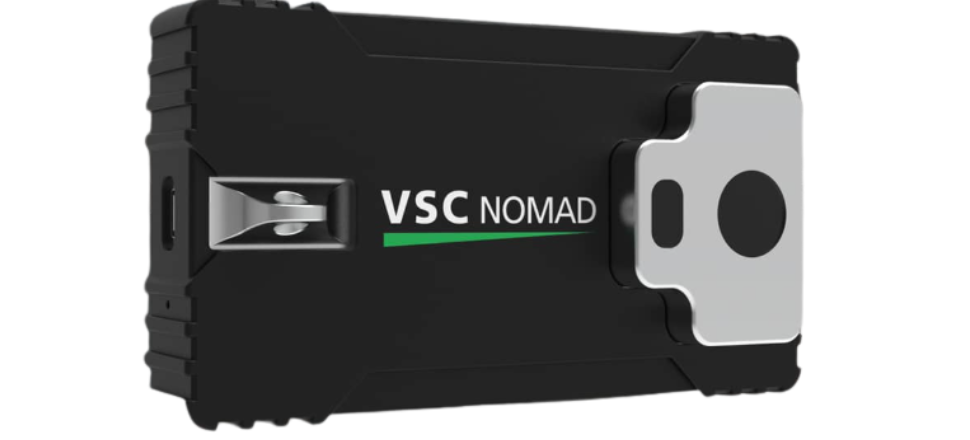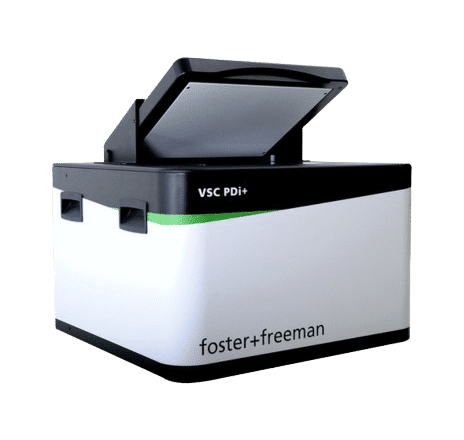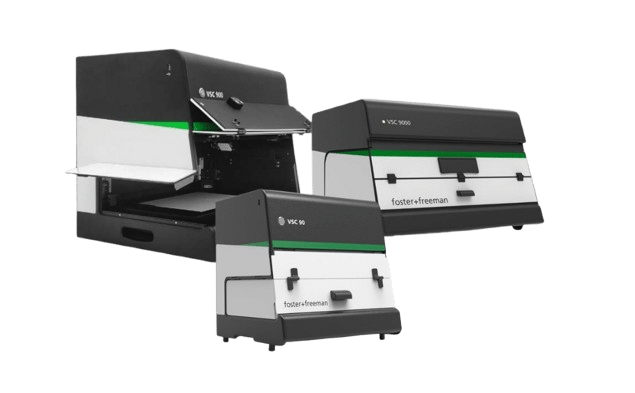ESDA®2 Document Examiner
Foster+Freeman
The ESDA®2 operates by creating an electrostatic image of indented writing, which is then visualised through the application of charge-sensitive toners. This sensitive imaging process reacts to microscopic damage sites in the fibres on the document surface, which have been created by the abrasive interaction with overlying surfaces during the act of writing.
Advantages
- Simple and intuitive viewing interface
- Compact and lightweight design
- Easy installation with no major laboratory modifications required
- Reveals indentations and latent writings on documents
- High sensitivity for precise detection
- Document stabilization function for optimal results
The ESDA technique operates using an electrostatic process, similar to that of a photocopier. The paper to be examined is placed on a perforated bronze plate that is grounded. Beneath the plate is a pump which, when activated, draws air through the plate and holds the paper firmly against it.
A transparent polymer film is then placed over the paper, which is subsequently charged with static electricity by passing a metallic rod called a corona discharge unit over it. Inside the rod is a thin wire carrying a potential of approximately 5000 volts. As a result, static electricity discharges to ground through the bronze plate.
The conductivity of the paper and film on the plate varies at points where indentations exist in the paper. This difference creates an electrostatic image of the indentations on the polymer film.
This image is then developed by applying fine carbon particles to the paper, either by an aerosol process in a cloud chamber or by pouring carbon granules mixed with small plastic beads that act as carriers over the surface. The granules adhere to the electrostatic image of the indentations, making the image visible.
- Electrostatic visualization system for detecting indentations and latent writings invisible to the naked eye
- Document size supported up to A3 format (310 mm x 440 mm)
- Micro-perforated bronze vacuum plate ensuring perfect document fixation
- Powered by standard mains supply (typically 220–240 V)
- Corona discharge unit with high voltage (~5000 volts) to reveal writing traces
- Distribution of carbon particles by aerosol or beads to make the image visible
- Document analysis for forensic investigations
- Detection of indentations and latent writings invisible to the naked eye
- Verification of suspicious documents in forensic police laboratories
- Non-destructive examination of written evidence
- Support for investigations of document fraud and counterfeiting
